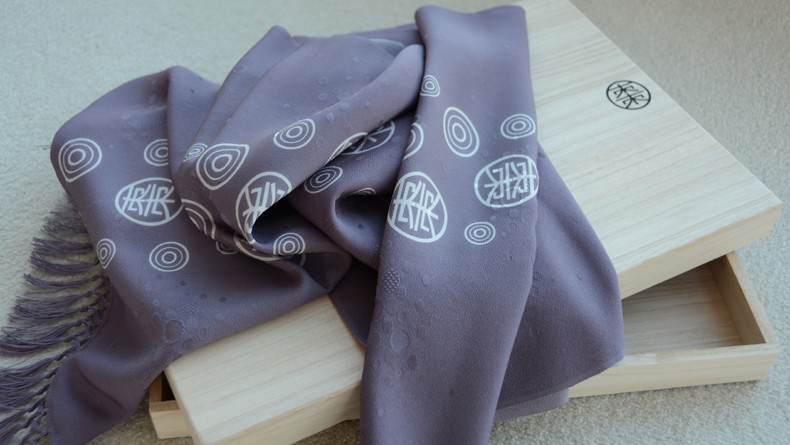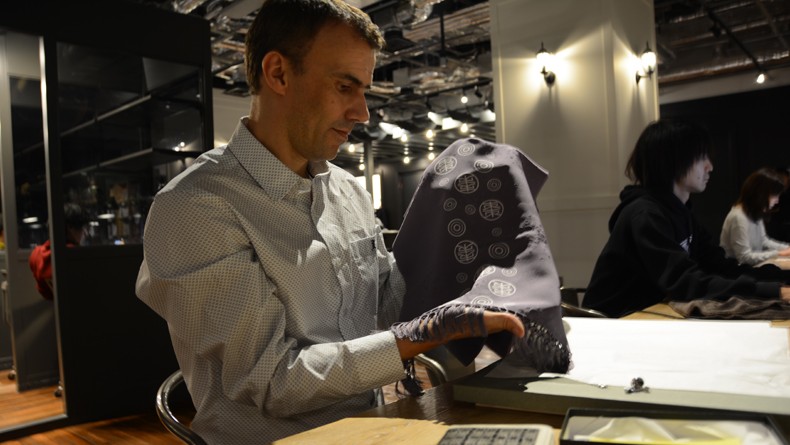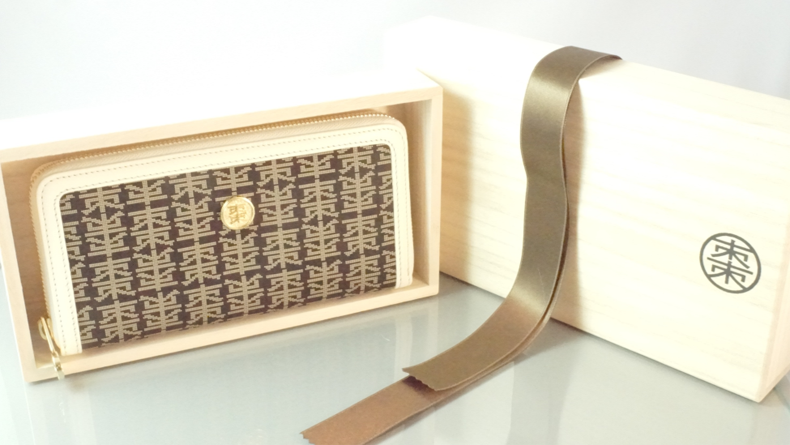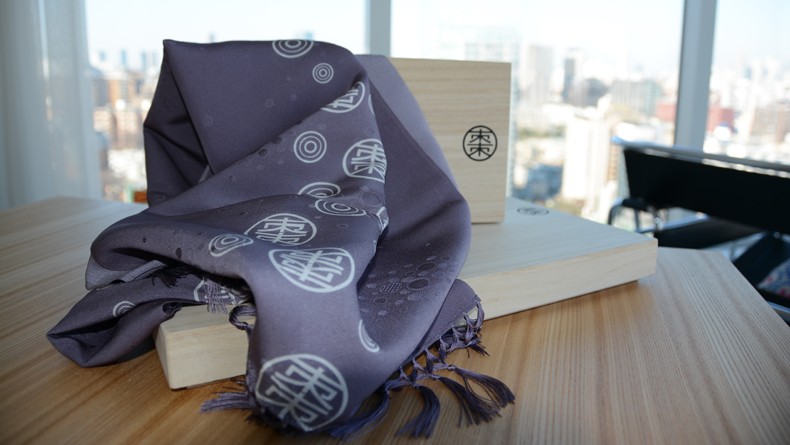Traditional Craftsmanship Meets Modern Luxury with Natsume Japon
Getting an appointment with Olivier Le Lann is quite a challenge. The French-born fashion brand owner lives in Tokyo, but is basically never here. He spends most of his time travelling all over Japan. But his journeys are not for leisure. He has an important task: finding the perfect materials with which to make his smooth, flowing silk scarfs, beautifully detailed wallets, cufflinks and unique bags.
Olivier’s brand, Natsume Japon, stands for the Japanese sense of dedication, hospitality and eternity (natsume is a term which has been used in the last 400 years for a Japanese green tea caddy). “Our products are meant to last,” he says. “That’s why we focus on high quality—every product is designed here, every single work step is done by hand in Japan. We sell 100 percent made in Japan.”
The idea to create an affordable luxury brand (prices start as $79 for a tablet holder) was born four years ago by Olivier and three former university colleagues—another Frenchman and two Japanese. They discovered that there was no such fashion brand which focuses on combining traditional materials and modern looks. “Japanese handcrafters usually don’t export their products into other parts of the world, even though there is such a fantastic potential,” Olivier said.
For them it was clear: they wanted to preserve the old craftsmanship tradition that has been decreasing steadily over the last decades—20 years ago there were still 20,000 small silk producers in Japan, but now there are only a little over 6,000 left. So they started looking for craft producers in Japan—quite a time consuming task, especially for a foreigner. But through some fellow Japanese designers they got some contacts and were successful at building up relationships with some key producers. Right now they work with five small ateliers, three of them in Tokyo. The collection includes 50 products, with a lot more to come: by the end of the year Natsume wants to expand its line to include 200 different items with new designs for items such as tablet holders and neckties.
For the brand’s silk products such as scarves and handbags (the Genji bag is among the latest creations and includes embroidered silk parts with unique patterns), the team uses the very elaborate edo komon dyeing technique originated with the samurai class during the Edo period.
For the Genji bag, one big objective was to design a lightweight bag which does not ruin a woman’s back after a long day. The Natsume designers got this request from a potential customer. “Before manufacturing a certain quantity of each product we always create a prototype. Then we send it to fellow designers and friends and ask them, ‘What do you want?’ And they tell us where to improve,” says Olivier.
The company gets most of its orders from the United States and Asia. Right now items can only be purchased online via the brand’s own e-commerce site. But Olivier and his colleagues are currently looking for a showroom in Tokyo, and their products might soon be found in the famous Galeries Lafayettes and Printemps in Paris, each object carefully wrapped and sold in a light wooden box—handmade of course, and 100 percent produced in Japan.
















Leave a Reply